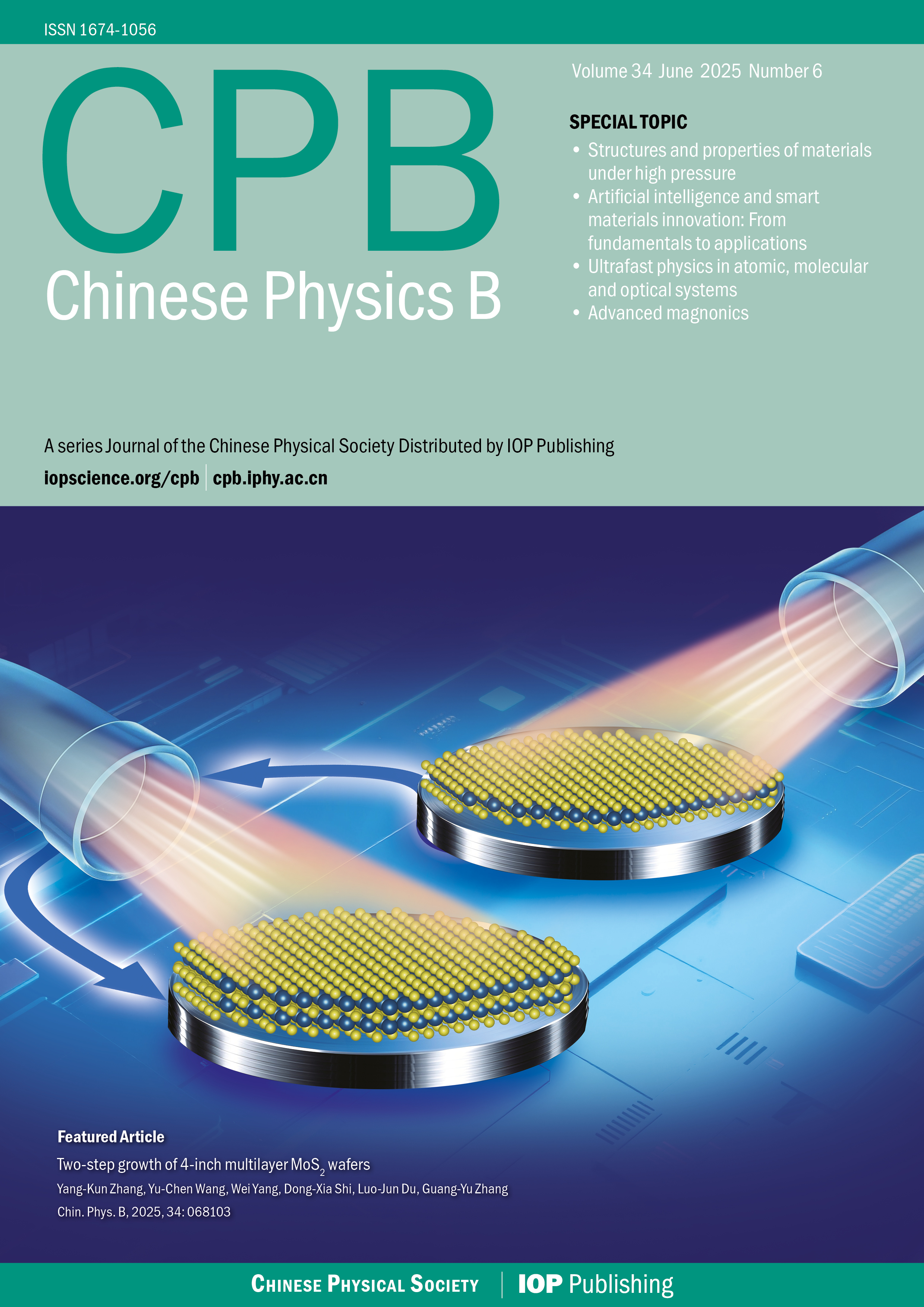Hydrodynamic binary coalescence of droplets under air flow in a hydrophobic microchannel
-
Key words:
- droplet /
- coalescence /
- sliding /
- detachment /
- microchannel
Abstract: Based on the volume of fluid (VOF) method, we conduct a numerical simulation to study the hydrodynamic binary coalescence of droplets under air flow in a hydrophobic rectangular microchannel. Two distinct regimes, coalescence followed by sliding motion and that followed by detaching motion, are identified and discussed. Additionally, the detailed hydrodynamic information behind the binary coalescence is provided, based on which a dynamic mechanical analysis is conducted to reveal the hydrodynamic mechanisms underlying these two regimes. The simulation results indicate that the sliding motion of droplets is driven by the drag force and restrained by the adhesion force induced by the interfacial tension along the main flow direction. The detachment (i.e., upward motion) of the droplet is driven by the lift force associated with an aerodynamic lifting pressure difference imposed on the coalescent droplet, and also restrained by the adhesion force perpendicular to the main flow direction. Especially, the lift force is mainly induced by an aerodynamic lifting pressure difference imposed on the coalescent droplet. Two typical regimes can be quantitatively recognized by a regime diagram depending on Re andWe. The higher Re andWe respectively lead to relatively larger lift forces and smaller adhesion forces acting on the droplet, both of which are helpful to detachment of the coalesced droplet.

 首页
首页 登录
登录 注册
注册






 DownLoad:
DownLoad: